|
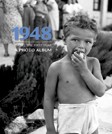
Order Now |

With over 7 million inhabitants and a member in the world's leading
economies it is hardly possible to imagine what kind of place Israel
was in 1948, the year that it was founded. The people, the
landscape, the aspirations, and the national spirit were very
different than they are today. This unique photo album, with over
100 photos, evokes that
Israel of sixty six years ago - the place where it all started the time
when it all began. |

Research: Chen Haklai
Editor: Heidi J. Gleit
Published: May 2008
Photography:
Israel Government
Press Office
|
|
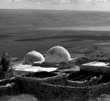 |
The Landscape
Less than 2
million people lived between the Mediterranean and the Jordan in
1948. Roads were scarce and many areas, especially in the south,
were still uncharted. Most of the forests had not been planted yet,
large tracts of land were uninhabited, houses were mainly
one-storey, and settlements were few and far between.. |
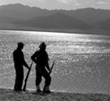 |
|
 |
Settlement
From the 1930s
Jewish and Arab settlement in the Land of Israel had been expanding.
Arab settlement revolved around the expansion of existing villages,
as hundreds of thousands of Arabs flowed into the country, Jewish
settlement involved the expansion of Tel Aviv and Jerusalem and the
creation of new kibbutzim |
 |
|
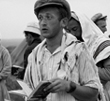 |
Agriculture and
Kibbutz
The settlers
in the Land of Israel developed new methods of agriculture for a
semi-arid land and introduced the idea of communal farming
communities to the land. the kibbutz and the moshav were the main
form of Jewish agricultural village in 1948. But far more than that
they played an important role in the formation of the new state. |
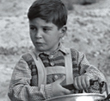 |
|
 |
The
War
The War of Independence lasted for nearly two years. 600 thousand
Jews pitted themselves against 7 regular Arab armies and local
irregulars. While the Arabs had numbers the Jews had organization
and perseverance. 6,000 Israelis, 1% of the population lost their
lives in the war. Israel was born from their sacrifice. |
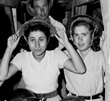 |
|
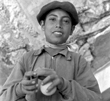 |
Aliyah
Following
the Declaration of Independence Israel through open its gates to
Jewish immigration. The first to arrive were the detainees in the
camps in Cyprus, followed by the holocaust survivors throughout
Europe. In the first three years after independence 700,000 Jews
immigrated to Israel, doubling its population. |
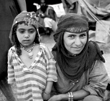 |
|
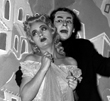 |
Culture
The new state had
its own unique culture - a mix of all the different communities
flocking into the country, under the amalgam of a new language -
Hebrew. The language developed with the country, the culture slowly
shed its European veneer and managed, not without a struggle to
accommodate the different ethnic groups. |
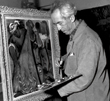 |
|
 |
City Life
Tel Aviv became
the focal center of the country. It was called the first Hebrew
city, and in it the new Hebrew culture flourished. Theater, dance,
music and literature came out of Tel Aviv - as did coffee houses,
beaches and night clubs. The Hebrew newspapers were based in Tel
Aviv as was the army and the political establishment. |
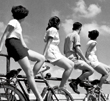 |
|
ERETZ Magazine,
Maavar Yabok 5, Tel Aviv 67440 ISRAEL. Tel. +972 3 6912211 |
|